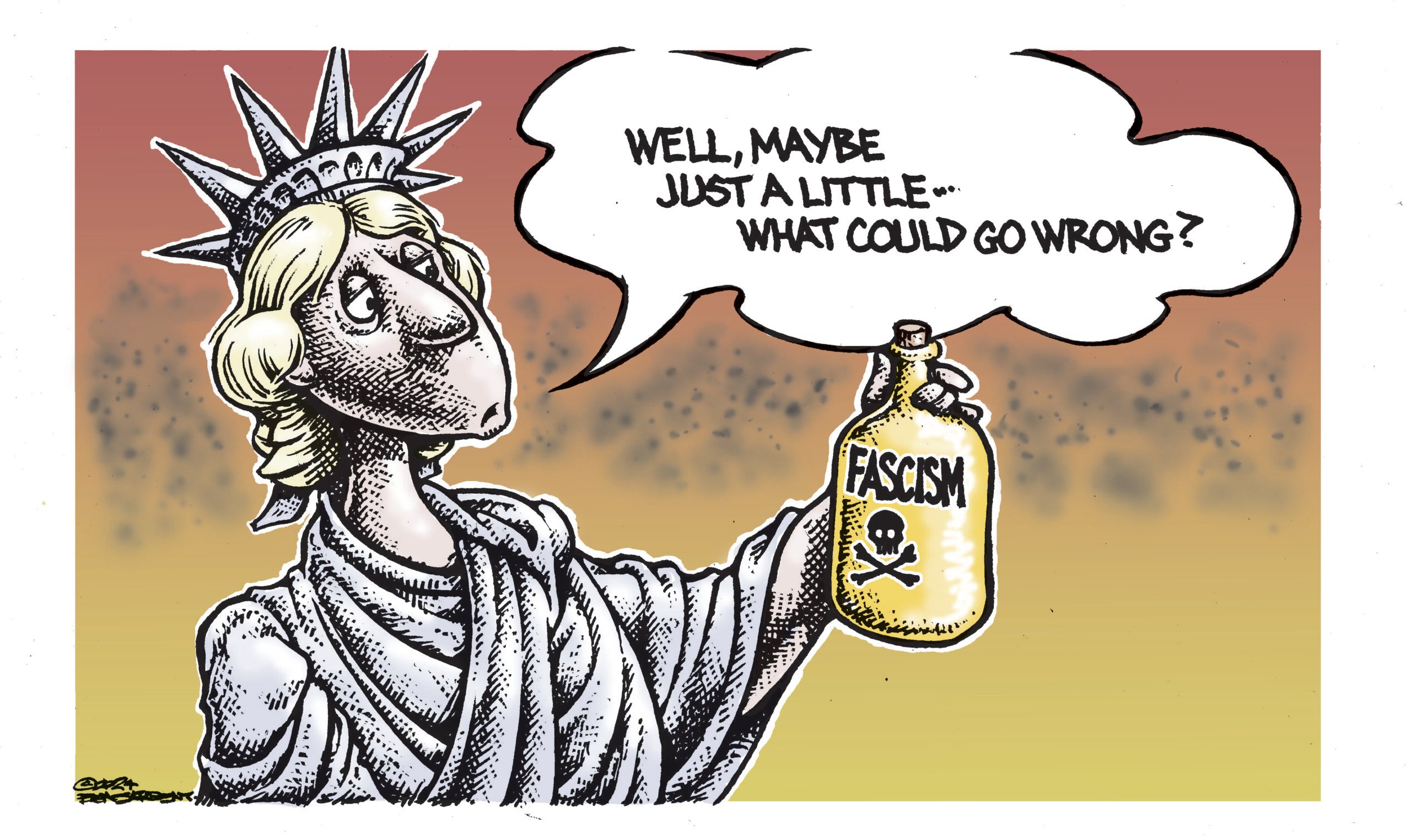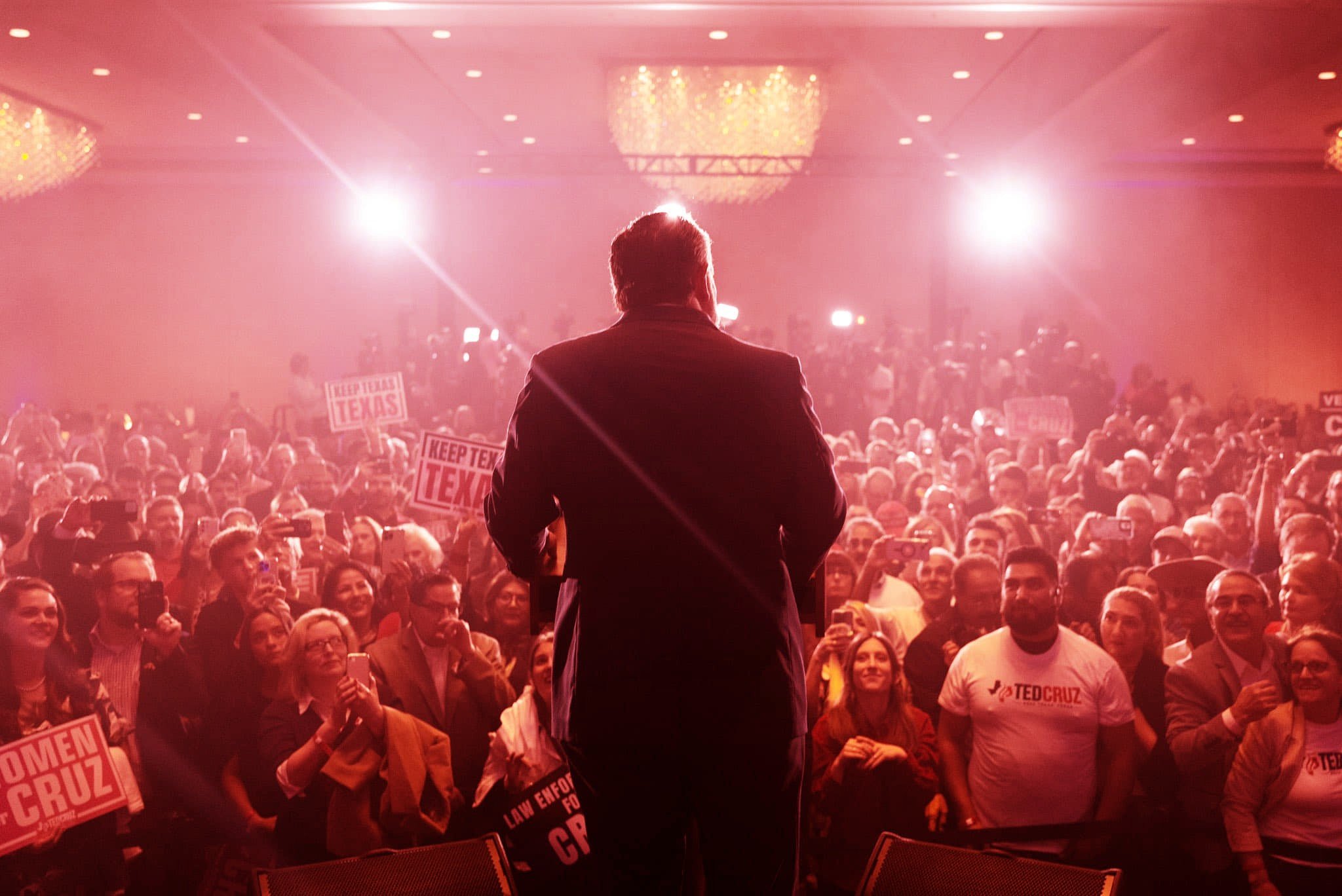Movie Review
The Realm of the Possible
BEYOND THE CLOUDS.
Sceneries Distribution.
SMALL TIME CROOKS.
Written and directed by Woody Allen.
DreamWorks Pictures.
MISSION: IMPOSSIBLE 2.
Paramount Pictures.
But we know that beneath the image that is revealed lies another more faithful to reality, and beneath that one lies another, and yet another beneath that one, until we come to the true image of that absolute, mysterious reality which no one will ever see.” Hard words for a filmmaker – presumably married to the surface of things – but the speech, as voiced by a somber and slowly disappearing John Malkovich, is the philosophical coda to Beyond the Clouds, Michelangelo Antonioni’s most recent film. Clouds (very much an Antonioni film, but in part a curious collaboration with Wim Wenders) is not precisely a new release, in that it was made in 1995 and subsequently distributed in Europe and screened at a few American festivals. But the film has only recently received a more general U.S. distribution – late last year on the coasts, and now across the country. That says very much more about the collapse of foreign film distribution in the U.S. than it does about the quality or importance of Antonioni’s film. Anyone interested either in serious film or Antonioni (now eighty-seven, and who hadn’t directed a narrative film since 1982 because of a debilitating stroke) will want to see Beyond the Clouds on a cinema screen; outside major cities, you will have very little chance to do so.
That’s a shame, because while Beyond the Clouds is not a major achievement like L’Avventura (1960) or Blow-up (1966), it is a visually stunning work that pursues and extends the director’s preoccupations with erotic passion and frustration, the distance between appearance and reality, the delights of seeing and the impossibilities of knowing. That all sounds more metaphysical than the vividly sensual experience of watching the film: four vignettes of eros and loss, woven together by the figure of Malkovich as “The Director,” who moves through the film looking for ways of telling these particular stories. The vignettes are based on Antonioni’s own stories (scenarios, really), collected in a 1985 book published in English as That Bowling Alley on the Tiber. According to the production notes, Antonioni exclusively supervised the four vignettes, while Wenders directed the framing material and the connective scenes (also employing material from Antonioni’s book).
Among these Wenders moments is a brief but priceless collaboration between Jeanne Moreau and the late Marcello Mastroianni, as an amateur painter avidly re-painting Mont Saint Victoire – a French landscape unforgettably memorialized by Cezanne (but now garishly disfigured by atomic power plant cooling towers). Moreau mocks the painter’s compulsion to repeat a recognized image, but Mastroianni shrugs and welcomes (as filmmaker Wenders must have done) the chance to repeat “a master’s gesture, if only by chance.”
Comic in that episode, this sense of repetition and compulsion also drives the four stories, although as an erotic rather than an aesthetic motif. Malkovich as the Director visits the foggy gloom of Ferrara (Antonioni’s hometown), recalling a mysterious love affair between Carmen (Ines Sastre) and Silvano (Kim Rossi-Stuart), who meet by chance a single night and remain connected over several years, while never quite consummating their evident passion. (“Only those who live in Ferrara,” says the Director, “will readily understand this story.”) In the oceanlight of Portofino, Malkovich steps directly into the action, as the Director has an abrupt romance with a beautiful shopgirl (Sophie Marceau), after she announces, without preamble, that she murdered her father. In the apartments of Paris, an expatriate New Yorker (Peter Weller) moves compulsively and dishonestly between his faithful wife (Fanny Ardant) and his demanding mistress (Chiara Caselli). In the final story, set among rainy, maze-like city streets in Aix-en-Provence, eros is finally trumped by faith, as a young man (Vincent Pérez) fruitlessly pursues a young woman (Irene Jacob) who has abandoned romance for a religious vocation.
The shifts in setting are equally as important as the collisions of character, and the dialogue (English, Italian, and French) maintains Antonioni’s enigmatic (or maddening or preposterous or just silly, from moment to moment) taste for post-modern indirection and disconnection. And there is also ample occasion for the grandly affectionate display of beautiful, erotically compelling nudes: Sastre, Marceau, and Caselli each provide unashamed sensual spectacle at the center of their vignettes. The nudity amplifies an ambivalent, complex, but unabashed eroticism that has all but disappeared from recent films, having been generally replaced by furtive and prurient nakedness, especially in the U.S. (and which may explain the distributor’s announcement that this otherwise slight film has now become Antonioni’s “biggest box office success to date”). It is no shame to attend Beyond the Clouds to enjoy Antonioni’s cinematic caresses of the youthful Sophie Marceau’s breathtakingly voluptuous beauty (glimpsed more recently in the conventional, exploitative fashion in the latest James Bond film, The World is Not Enough). Marceau becomes one of the most powerfully sustaining images in a film about imagination, memory, vision, eros, and loss.
There is certainly less to be said about Woody Allen’s latest comedy, Small Time Crooks. Crooks is a trifling farce, consistently amusing but not in the same league as last year’s very special Sweet and Lowdown, and as such a bit of a disappointment. But the film has real comic virtues, most prominently Tracey Ullman as Frenchy, the abrasively intelligent wife of Allen as Ray, a low-rent ex-con looking for a big score. Allen and a trio of bonehead cronies (Tony Darrow, Jon Lovitz, Michael Rapaport) plot to tunnel under a bank vault from a bakery storefront managed by Frenchy. Instead, the tunneling bumbles to nowhere, Frenchy’s cookies take off, and before long Ray, Frenchy, and cohorts (including Elaine May as Frenchy’s hilariously dim-witted cousin) are clumsily managing a multi-million-dollar cookie franchise operation.
Then the ambitious but low-brow Frenchy recruits a pompous art collector (Hugh Grant) to tutor her in “culture” (to Ray’s disgust), and the secondary plot kicks in: how will Frenchy see through the superficial charms of high society to the true blue love represented by dumb but loyal Ray. It’s a screwball comedy with obvious homage to Jackie Gleason’s “Honeymooners” (although Allen is never convincing at his Gleasonesque bluster opposite Ullman, who looks like she could swallow him in two generous bites). Allen’s very light directorial hand sets the plot spinning and plays it out in a slapstick spirit that recalls Take the Money and Run.
A few critics have suggested that this film, his first for DreamWorks, may be Allen’s attempt at a more immediately U.S. commercial film. I think not; this is a very slight film, but consistent in quality with Allen’s lighter comedies, and one can’t expect the tragi-comic range of Sweet and Lowdown (or Sean Penn’s revelatory performance therein), or Bullets Over Broadway, every time out. Allen’s recent box-office eclipse has been blamed on his personal notoriety, but as he has said many times, his films have never been boffo box office in the U.S. If they are less so now, it’s as a tangential casualty to the larger difficulties of serious film (even serious film comedies) in the States. In this at least Allen, even if in fact twenty years younger, has become Antonioni’s contemporary. Young American audiences – the meat of the box office gate – will almost certainly prefer the profane, scatological barbarities of Road Trip (released simultaneously by DreamWorks) to Allen’s screwball situation and character comedies. “The age demanded,” wrote Ezra Pound a century ago, “an image / of its accelerated grimace.” So it still goes.
Which is not to say there will be no more cakes and ale – or no more rollercoasters to be happily ridden at the moviehouses. At one local Glittering Cinemaplex, among a line of disgruntled moviegoers unhappily disserviced by a single ticket-taker/concession salesperson/projector technician (this is what is now known in the business press as a “booming economy”), I took in Tom Cruise’s latest action vehicle, the spare-no-expense-or-gadget Mission: Impossible 2, a sequel to the first film version of the late-Cold War television spy caper hit.
Since we’re still in search of Enemies, Ethan Hunt (Cruise) is no longer a spy, exactly. He’s a non-denominational superhero chasing an evil genius and former colleague (Dougray Scott), and doing so in instantaneous erotic partnership with beautiful superthief Nyah Hall (Thandie Newton), under the direction of the elegantly avuncular Swanbeck (Anthony Hopkins, looking suitably bemused by his enormous paycheck). Ethan and Nyah are chasing a horrible supervirus which will certainly destroy all human life, but in the meantime drive up pharmaceutical stock prices (you know those supervillains: quite greedy but otherwise shortsighted). The whole thing is enormously preposterous and entirely spectacular. The indefatigable Hong Kong transplant, John Woo, directs acrobatically violent action as compellingly as anybody in film, blowing up many things with intriguing variation and breathless panache, and staging painless combat in as balletic and athletic a fashion as can be conceived. Robert Towne’s screenplay also has the ingenious tactical advantage of the Mission: Impossible gadget convention of readily available perfect life-masks of all the characters: anybody can be anybody at anytime, which saves on both actors and plotting. It’s a lot of fun, and as forgettable as high-priced, low-taste popcorn.
You will also see much more Tom Cruise beefcake than Thandie Newton cheesecake, a skin/gender ratio now dictated by the Hollywood ratings system and the foreign rights that underwrite these explosive exercises in easily exportable commercial product. It’s also worth noting that the fantasy romance in this film, ferociously driven by car chases and death wishes, is an entirely derivative pop-culture version of the post-modernist disconnection lamented so elegantly by Michelangelo Antonioni. The old masters know something that the young journeymen can’t deny. They just hope the rest of us can still be distracted enough by acrobatic gunplay not to notice. For the most part, that remains a bankable presumption.


